The emergence of Flats and Apartments in Brisbane – Demoralising or Civilizing; Sophisticated or simply a practical necessity.
By administrator | 15 November 2018
Who ever thought that the style of your living accommodation could be considered immoral and not in the interests of the common good? Flats or apartments became fashionable in the 1920s and 1930s.
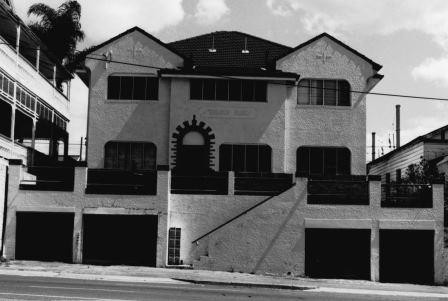
Serlodi Flats at 269 Grey Street, South Brisbane, Photo taken 1983, State Library of Queensland, Neg. 61372
They were considered a new stylish way of living, which allowed the inhabitants to be close to the inner city and its activities. Luxuriously furnished, the inhabitants just simply “moved in”. Brisbane had become enamoured with flats – the sophisticated, European alternative to the quarter acre block. Yet it was noted in 1939 that “it had taken a considerable time for the people of Brisbane to realise the advantages” (Sunday Mail, 23 April 1939 p.29) of flats.
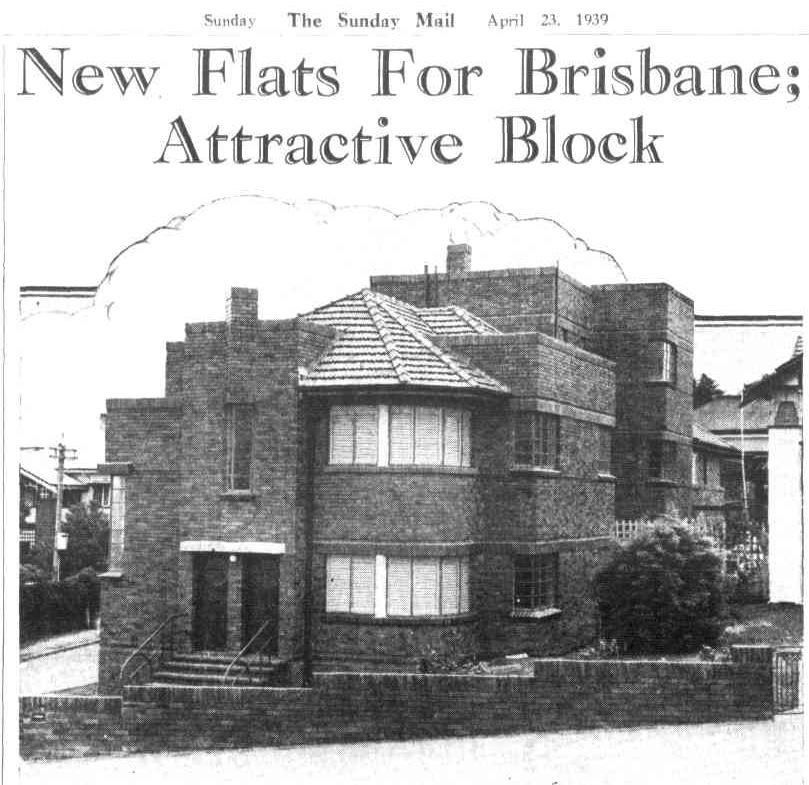
Regina Court, Highgate Hill, Sunday Mail, 23 April 1939, p.29
Earlier in the century, the Brisbane Courier contained warnings about the “demoralising influence of the flat.” It was a different lifestyle to that of the working family’s Queenslander home and garden on a quarter acre block. Despite the fear, flats nevertheless slowly emerged in Brisbane prior to World War One.
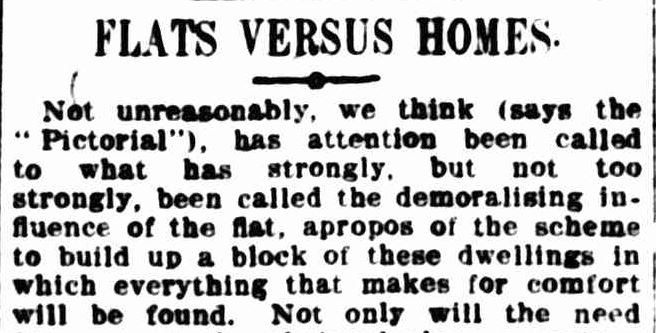
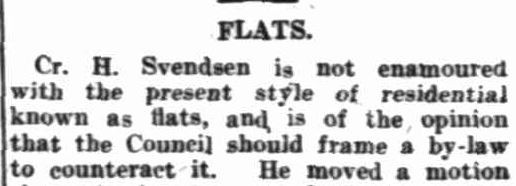
The Capricornian, Rockhampton, 7 March 1929, p.67
Fashionable purpose built flats were more like houses – only four or six in a block, with their own garage, entrance hall, and up to bedrooms. They represented a taste of luxury….. and some Brisbane-ites rented their suburban homes to live in inner city flats.

Brisbane Courier, 5 March 1929, p.21
After World War Two, shortages of housing and building materials meant that flats became more an item of necessity rather than fancy or fashion. As a result, a new accommodation problem arose – the conversion of older houses into multiple flats, often without proper regulations or inspections. This trend had already take hold in older suburbs like Spring Hill, Fortitude Valley, New Farm and South Brisbane but spread further because of necessity in post war Brisbane.
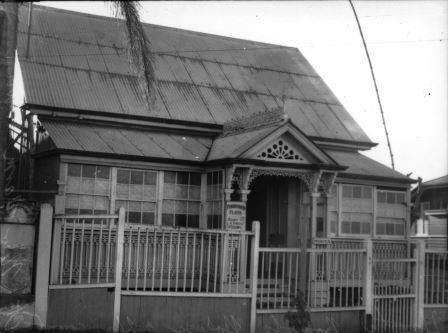
Furnished flats for rent in New Farm ca.1937, State Library of Queensland, Neg. 105931
Brisbane City Council was challenged by the proliferation of buildings that presented health and fire safety issues. However, inexpensive flats provided much needed accommodation for many segments of the community including students, young people, young married couples and travellers.
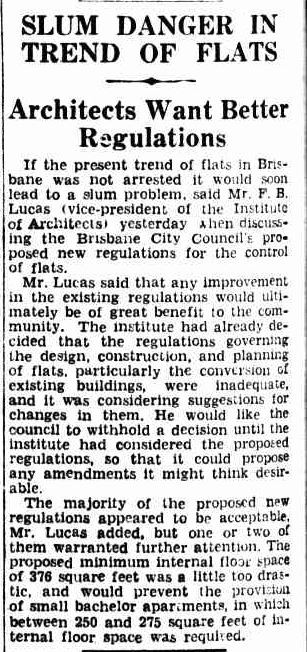
Courier Mail, 27 February 1936, p.12
The 1950s and 1960s bought the emergence of the home unit – usually in a high rise or multi-level block. Torbreck in Highgate Hill was the first in Brisbane. Built in 1958-1960 by N Kratzmann builders (architects Job and Froud), the views afforded by the units, sitting atop a substantial hill and overlooking the city, were envied by many. At a cost varying between 3,400 and 12,000 pounds, a unit owner also had to pay additional costs of approximately 25 pounds per year for the maintenance of the pool, the gardens and the buildings. Many blocks of home units followed – in the city, in Brisbane River-side suburbs and inner city suburbs.
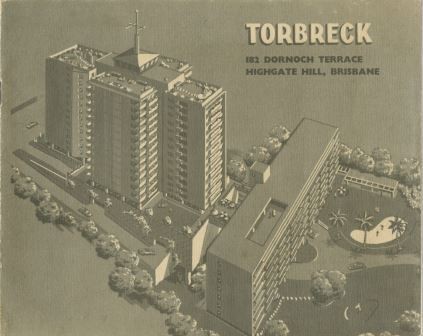
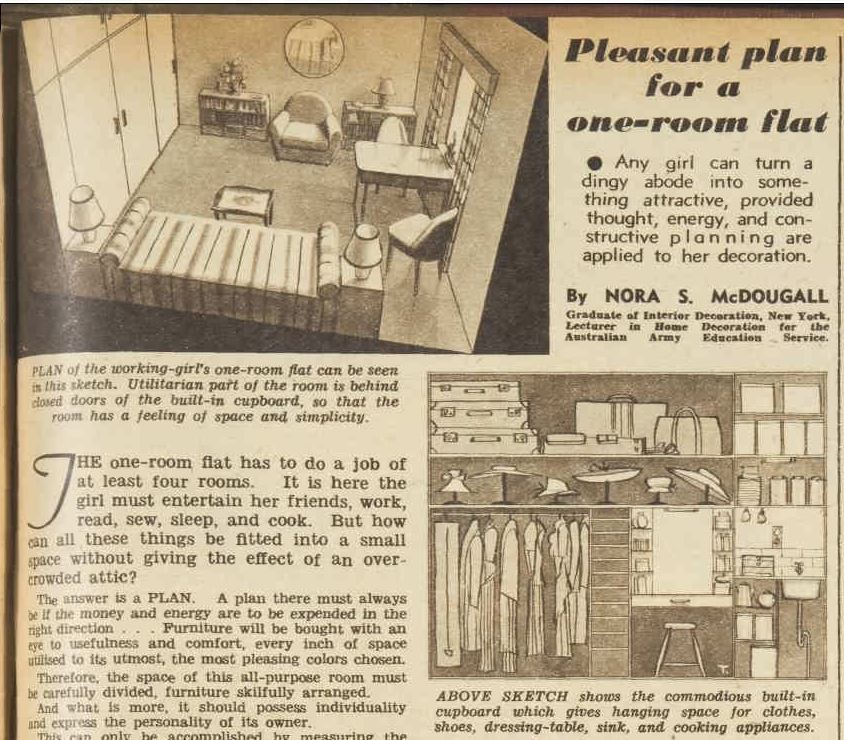
Australian Women's Weekly, May 1946
Apartments and Flats at the Beach - A beach holiday was part of the lives of many Brisbane families, and often included renting a flat at the beach. Beach flats built of fibro and other cheaper building products adorned each and every street in the South coast and North coast beach locations including Southport, Labrador, Burleigh, Noosa, Caloundra, Maroochydore and Moloolabah. During the 1980s, beach apartments became more luxurious and were often in high rise buildings that included pools, spas and restaurants.
Understanding housing is important in establishing the history of a place and its society. In Brisbane, much has been written on the Queenslander house and its evolution. However, the development of the use of flats or apartments in Brisbane has an equally interesting history. State Library of Queensland has rich collections of material relating to buildings and housing in Queensland, documented through books, photographs, newspaper articles, booklets of house plans, home and building magazines; and architectural plans.
Following on from this is our latest exhibition, Home: a suburban obsession, due to open 7 December that is based on one of our largest digitised photographic collections of Queensland houses.
Christina Ealing-Godbold
Research Librarian, Visitor & Information Services
More information
/whats-on/calevents/general/exhibitions/home-a-suburban-obsession/home
Newspaper articles taken from Trove digitised newspapers - https://trove.nla.gov.au/newspaper
One Search catalogue - http://onesearch.slq.qld.gov.au
Ask Us service - /services/ask-us
Membership - /services/membership
Comments
Your email address will not be published.
We welcome relevant, respectful comments.